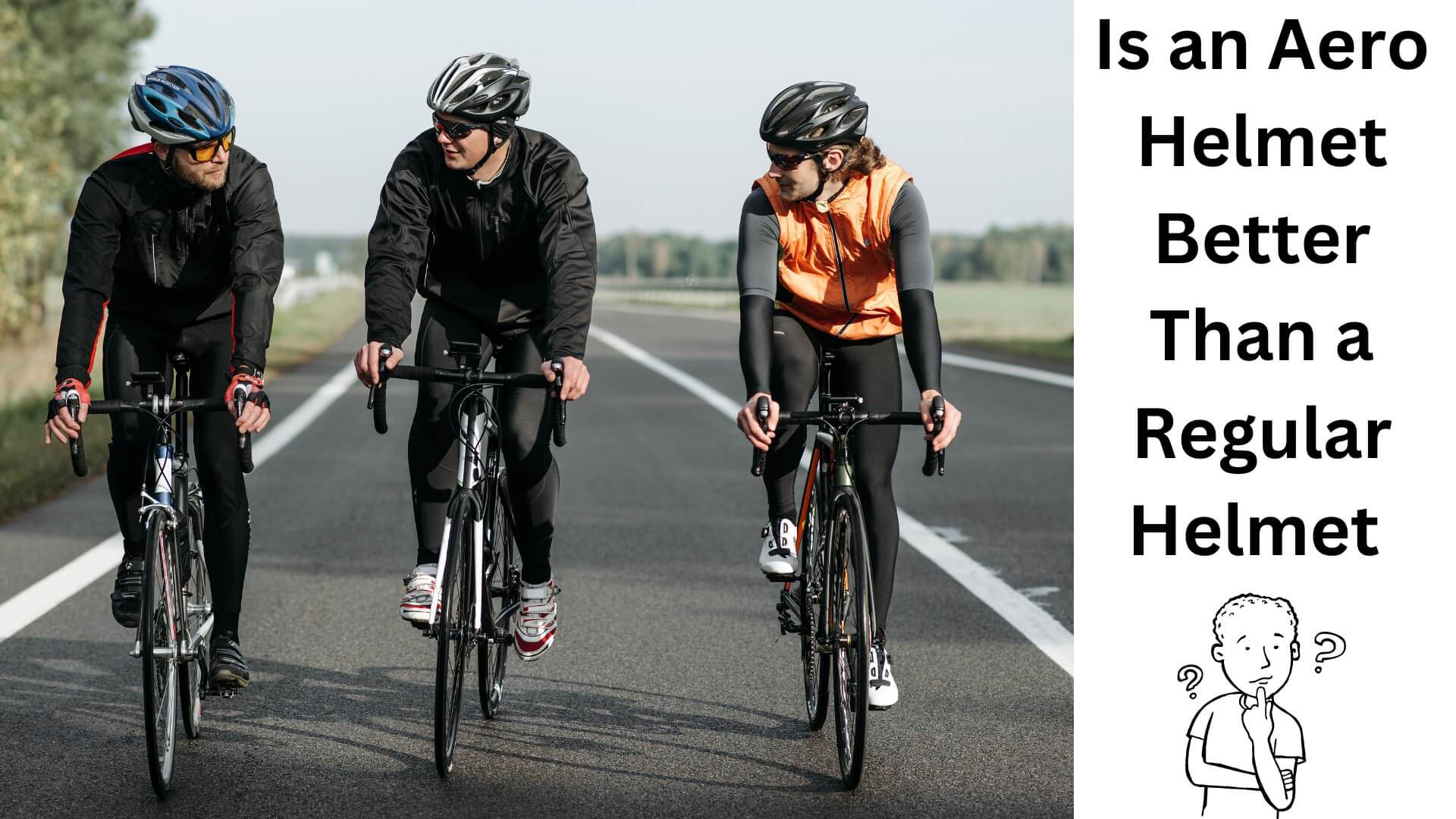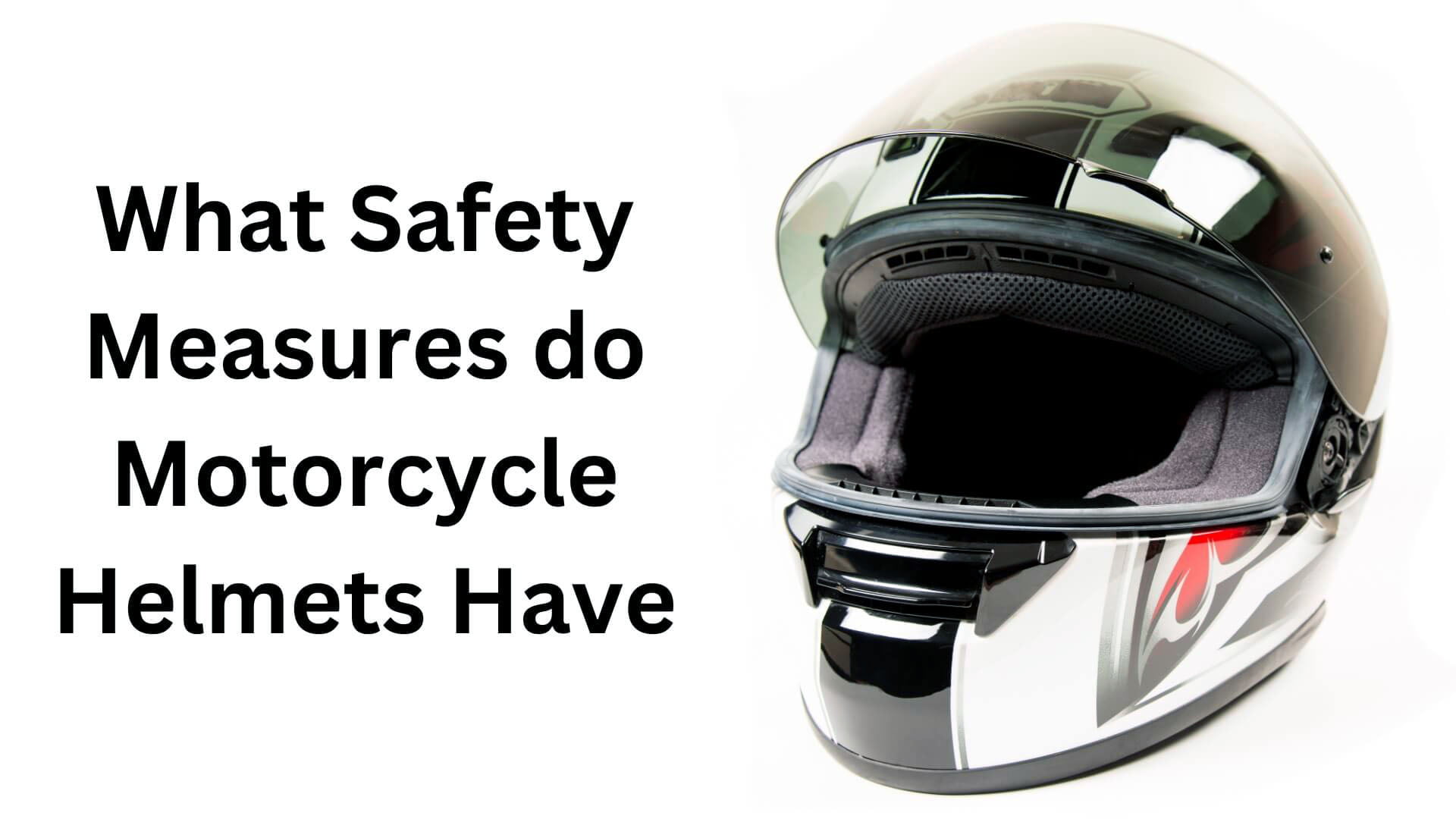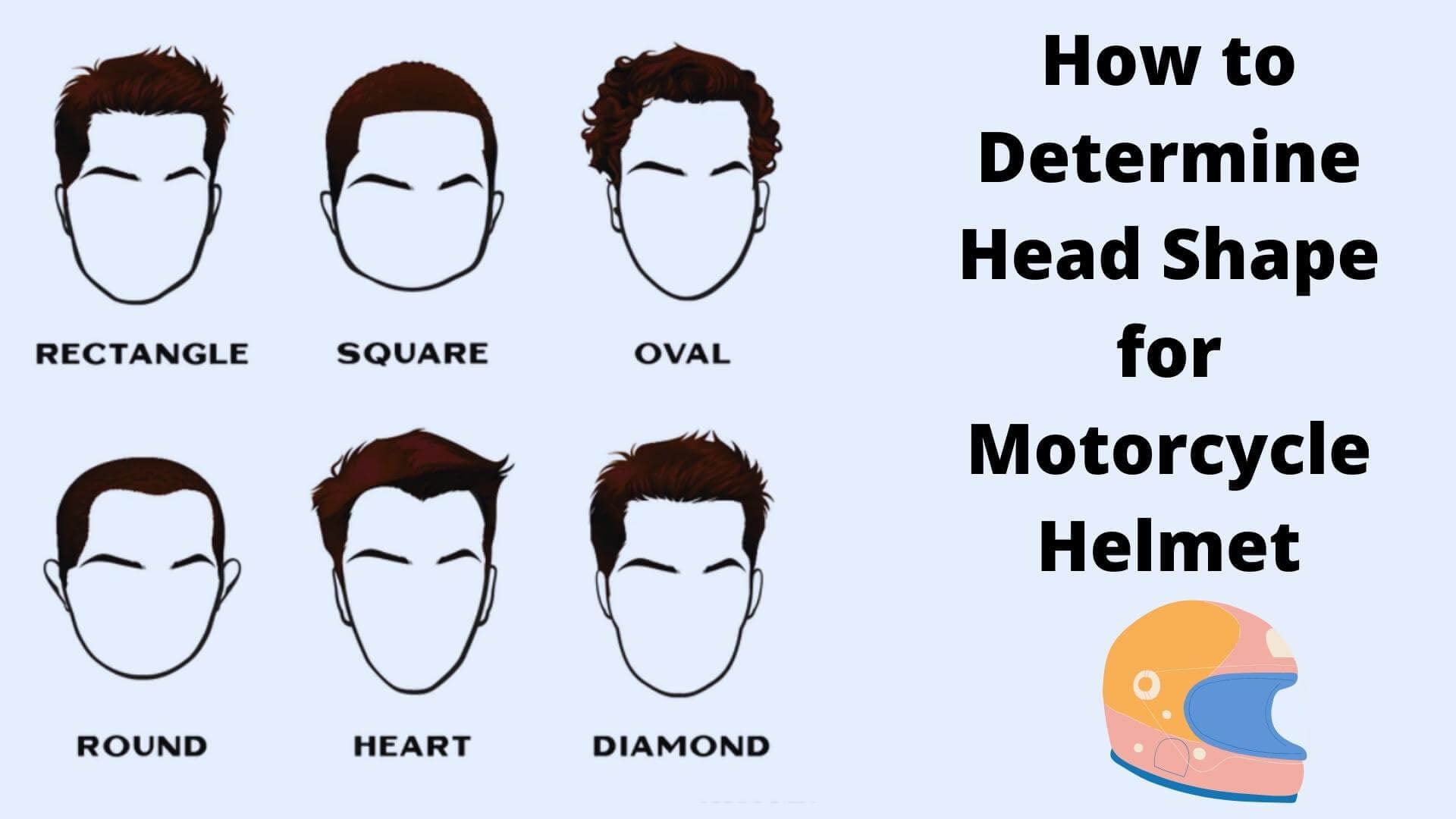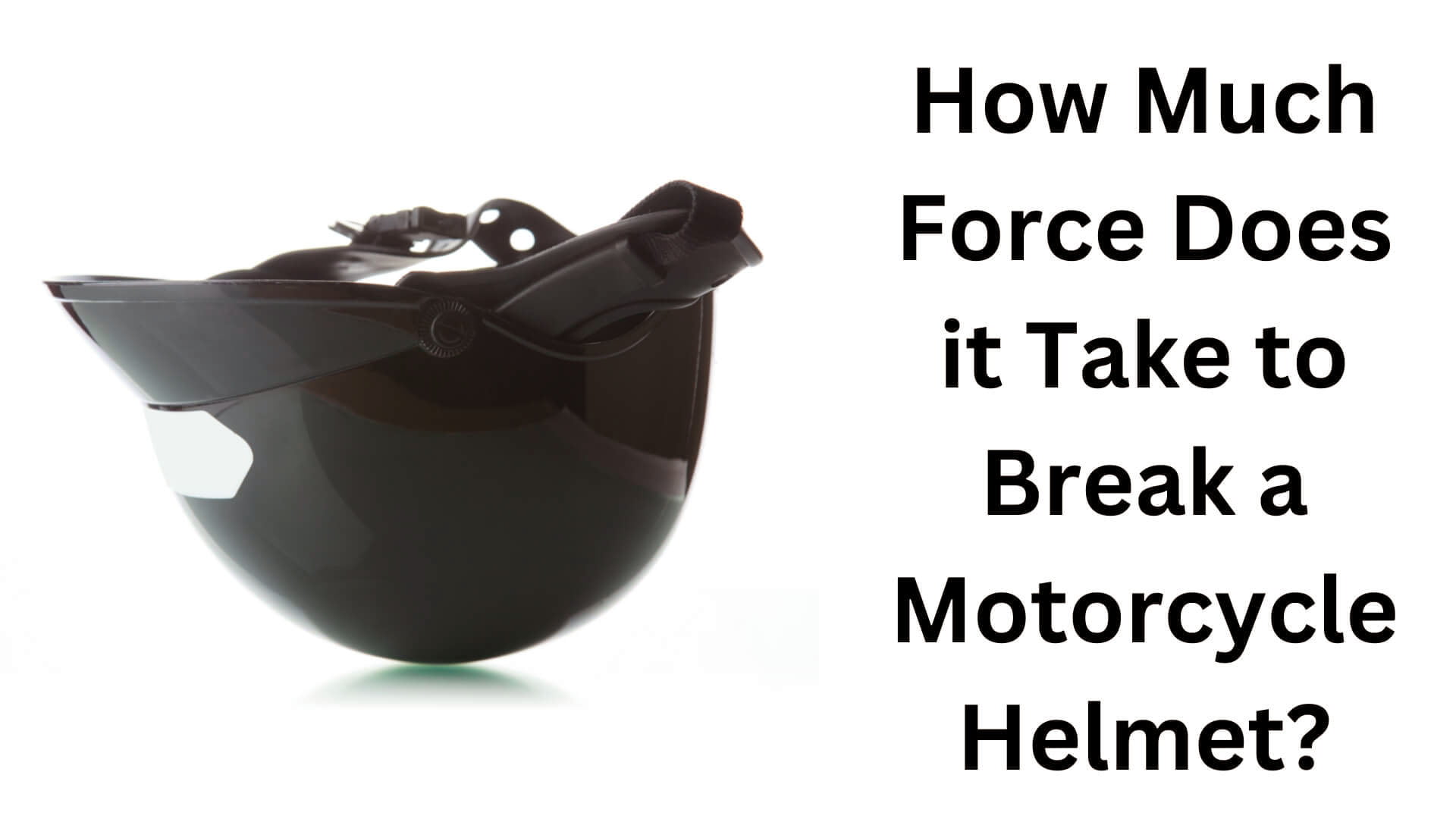Is an Aero Helmet Better Than a Regular Helmet?

As a cyclist, you’re likely aware of the importance of wearing a helmet while riding. It’s a simple safety measure that can save your life in an accident. But have you ever considered swapping out your regular helmet for an aero-road helmet?
In recent years, brands have been making claims about the time you could save by switching to their aero helmets. While watching Tour de France, you may have seen cyclists wear aero helmets too. But just how much of a difference do they make?
Read on to find out the benefits of an aero helmet, and its drawbacks, and help you decide whether it’s worth the investment.
What is an Aero Helmet?
Aero helmets, also known as time trial helmets, are designed to reduce air resistance and improve speed. They are more streamlined than traditional road helmets, with elongated tails that reduce drag and improve airflow over the rider’s back. Aero helmets also have fewer vents than regular ones, which can help reduce turbulence and increase speed.
Structure of an Aero Helmet
At its core, an aero helmet is designed to reduce wind resistance and improve airflow, thereby increasing speed and reducing the energy required to maintain that speed.
One of the key features of an aero helmet is its smooth, streamlined shape. This elongated and tapered shape allows air to flow over the helmet more efficiently, reducing the turbulence and drag created as you ride. Aero helmets can also have long or short tails, dimples, trips, or fully smooth surfaces for optimizing airflow.
Some aero helmets aim to balance speed gains and cooling by having comparatively more vents.
Benefits of Aero Helmets
The primary benefit of an aero helmet is its ability to reduce air resistance. When you’re cycling at high speeds, air resistance can account for up to 90% of the resistance you face. By reducing the drag on your helmet, you can get increased speed with the lesser effort required to maintain it. The benefit can be really advantageous for time trials and triathlons as every second matters.
Aero helmets have been shown to provide measurable time savings in wind tunnel tests. For example, Specialized’s Evade aero road helmet saves 40 seconds over 40 km compared to its standard road helmet, the Prevail. Similarly, Louis Garneau claims that its Course helmet can save a rider as much as 2:40 mins over 40 km as compared to a regular road helmet.
Drawbacks of Aero Helmets
One of the main drawbacks of aero helmets is their lack of ventilation. Aero helmets have fewer vents to reduce drag and improve aerodynamics than regular helmets. This can make them uncomfortable to wear, particularly in hot weather. However, many manufacturers have been working to address this issue in recent years, by incorporating vents that can be opened or closed depending on the conditions.
Another potential drawback of aero helmets is their cost. Aero helmets are generally more expensive than regular helmets, and it’s worth considering whether the time savings they offer are worth the investment. However, the cost may be worth it if you’re a serious cyclist looking to shave seconds off your time.
Read More: Are MIPS Helmets Better for Your Head and Your Budget Than Standard Helmets?
Weights of Aero Helmets vs Regular Helmets
Aero helmets are more streamlined and generally have a more compact profile than standard helmets since they are meant to be as aerodynamic as possible. As a result, they are made of lightweight materials to minimize total weight.
Aero helmets, on average, weigh less than normal helmets. The weight difference between the two might vary depending on the exact models being compared. Aero helmets usually weigh between 200 and 350 grams, whereas normal helmets weigh between 250 and 400 grams.
Real-World Testing
While wind tunnel tests can provide valuable data on the aerodynamic performance of helmets, they don’t always translate to real-world conditions. Hence, some cycling publications have conducted their own testing to see how aero helmets perform on the road.
For example, road.cc tested the Giant Rivet aero helmet on a local cycling circuit, comparing it to a standard road helmet. The results showed that the Giant Rivet offered a measurable difference in speed, with a difference of 2-3 seconds per lap.
Who May Find An Aero Helmet Better than a Regular Helmet
If you are a professional cyclist, you know that every second makes a difference in the race results. Hence, you may find an aero helmet to be appealing. When used in conjunction with other strategies such as regular training, using an efficient bike, and wearing aerodynamic apparel, an aero helmet can help you reach the finish line faster.
However, if you are a casual rider or take part in BRMs (Brevets de Randonneurs Mondiaux) only, you will likely want to prioritize comfort over some seconds of time savings. As a result, you will find a regular helmet to be better. As mentioned earlier, a regular helmet is cheaper and offers better ventilation which is helpful in hot weather.
Summary
Aero helmets offer several benefits over regular helmets. They are designed to reduce drag, improve aerodynamics, and help you achieve faster speeds. While they may not make a noticeable difference for casual riders, they could be a game-changer for competitive cyclists.
If you’re considering investing in an aero helmet, it’s important to research and choose a model that meets your specific needs. There are a variety of popular aero helmet models, including Kask Protone, MET Manta, Giant Pursuit, and Giro Vanquish.
Generally, look for a helmet with a good design, comparatively decent ventilation, and the ability to offer comfortable wearing for extended periods. And remember, even the most aerodynamic helmet won’t compensate for lack of training and preparation.
Ultimately, investing in an aero helmet is up to you. But if you’re serious about cycling and want to improve your performance, it’s definitely worth considering. As the saying goes, every little bit helps, and an aero helmet could be just the small gain you need to make a big difference.

Hey, I’m Hrithik Hossain. I am the head of helmethacks.com, which specializes in safety helmets. I am looking to connect with anyone interested in purchasing a helmet or who has any questions about different types of helmets. I have over 8 years of experience as a helmet expert, and I can’t wait to help you find the perfect helmet for you. I can help you with any questions regarding helmets, from the best brands to fitting, style, and more! I really enjoy keeping people safe by ensuring they have the best protection possible.








